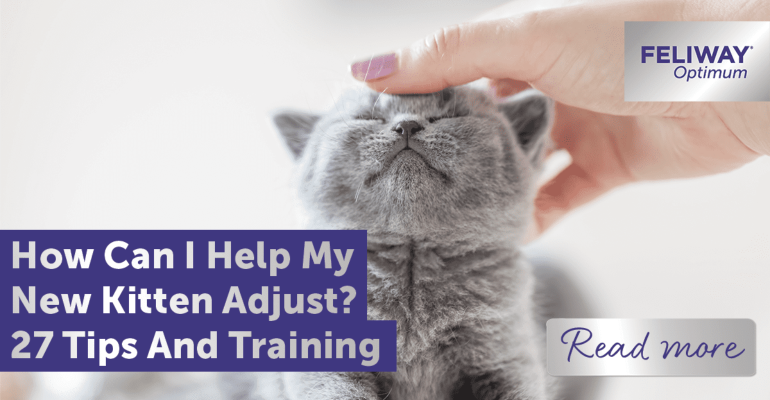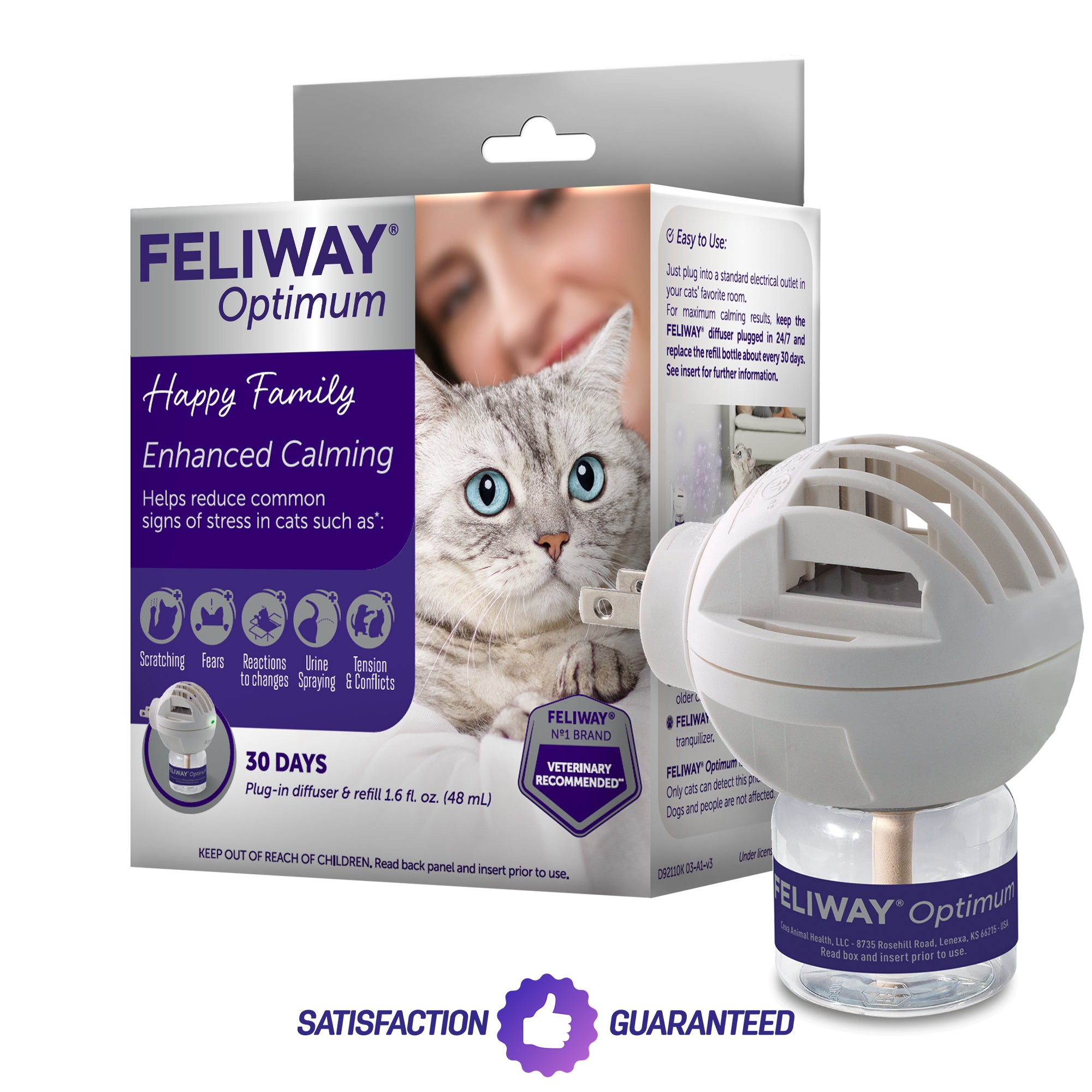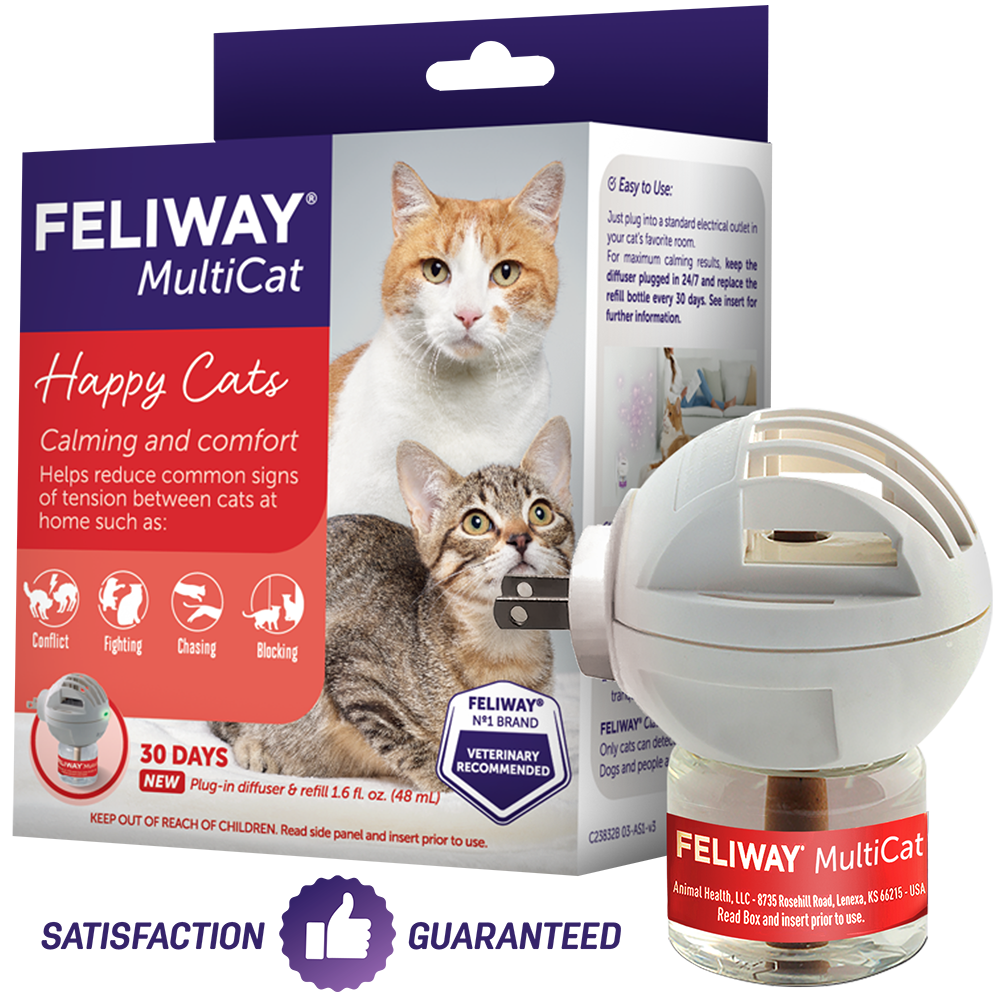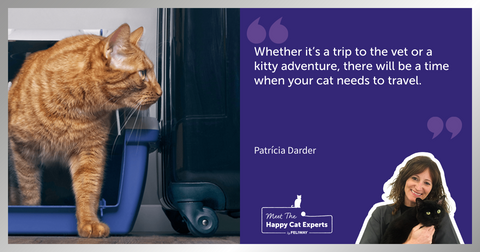
How Can I Help My New Kitten Adjust? 27 Tips and Training Points to Know!
Adjusting to a new home can be a challenging time for a kitten who has left all they know behind! Until they are around 8 weeks old, a kitten’s life has revolved around their mother cat and the litter – your kitty has come to trust that they have quick access to their mother’s milk, and will be used to playing with their siblings!
So when they are removed from that familiar situation, it’s not surprising that they can become nervous and unsure of their new surroundings.
How can I help my new kitten adjust? 27 tips and training points
Patience and understanding is needed as your kitten settles into their new home with you – remember that some kittens will settle in quicker than others!
Before the big arrival
- Prepare an area in a room that your kitten can settle into when they first arrive home. This area should contain all the resources they will need, such as food and water bowls, litter tray, scratching post, bed and toys. However, remember to keep food bowls and toilet facilities apart – cats are very fastidious and don’t like to have their food close to their toilet!
- A few days before your kitten arrives, plug FELIWAY Optimum into the room where they will be spending their first days so your kitty will receive happy and welcoming pheromone messages when they arrive in their new environment, to help them relax.
- Get a supply of the same food and litter tray substrate your kitten has been used to. Do not try to make any changes to these until they have settled into their new home (this could take a couple of weeks).
- Keep all windows and doors securely closed so they cannot accidentally escape. If the weather is warm, and you need to provide a flow of air through the room, place a secure grid/mesh over the window when open.
- Don’t forget to provide hiding places; kittens love to hide, and will love exploring a cardboard box or a cozy corner where they feel safe. You may find that when they first arrive, they will disappear into a hiding place and not reappear for hours until they feel brave and inquisitive enough to – and they will probably be hungry too!
- Arrange access to an elevated spot (like a cat tower, shelf, or the top of a cupboard) with routes so that they can climb to that area, such as a chair to a windowsill. Cats feel safe perusing their surroundings from up high!
- Providing a scratching post should get their interest when they feel like exercising their claws – and it will also protect your furniture.
- Source a suitable carrier for your cat. Think about what size your cat is likely to be fully grown and purchase one appropriate for now and in the future. Plastic carriers with a door at the front and on the top are useful as they are sturdy, and give options for your cat to get in and out of the carrier. They are also easy to clean.
- Make an appointment with the vet to have them checked, and discuss preventative health care and microchipping plans a few days after they come home.
The journey home
- Depending on your kitten’s age, and vaccination schedule, their journey to their new home may be one of their first experiences on their own, so you need to make this travel experience as calm and comfortable as possible. Put something familiar into the carrier – perhaps an old T-shirt that has been with them, their siblings and their mother – this will hold familiar scents and you can also spray the carrier with FELIWAY Classic 15 minutes before your kitten is due to travel. FELIWAY Classic Spray helps calm and reduce stress on-the-go.
- Never be tempted to transport your kitten home on your lap. They are extremely agile and can easily escape, which can, potentially, be dangerous for both the cat and the driver. When you stop the car to get out, they could easily escape through the open door.
- Secure the carrier with the seatbelt in case you have to stop in an emergency, or place the carrier in a footwell behind a front seat.
- Keep the car well ventilated in the summer and provide bedding if it’s cold. Covering the carrier with a blanket may also help your kitten feel more secure.
- If your journey home is long, take regular breaks and make sure your kitten stays hydrated with water and they have the opportunity to use a portable litter tray – without opening car doors!

























